Professors
-
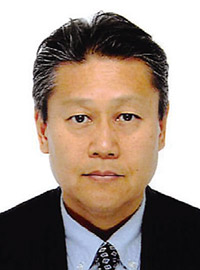
Professor
(Concurrent)
Kazuhiro OGAWA -
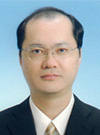
Associate Professor
(Concurrent)
Hirokazu Moriya -
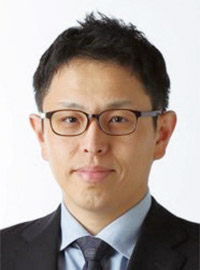
Assistant Professor
(Concurrent)
Yuji ICHIKAWA
We have been developing methods for detecting the dynamic stress and strain which are applied to various structures and evaluating materials damages under various operating conditions. Based on the explication of the damage mechanisms of materials in atomic scale, various sensors have been developed for measuring various defects such as surface cracks and delamination at interfaces in stacked multi-layered structures. Microwaves and electron beams are used for the measurements. In addition, remote non-contact dynamic strain measurement methods have been developed successfully by using carbon nano-tubes and a laser beam. Furthermore, the developed methods have been applied to the evaluation of the dynamic loads and damages of materials used in actual products. We also have been developing the methods for detecting damage and cracks in material with various scales by using elastic wave, etc.. We are also developing the GeoHP system simulator, etc., for energy utilization.
Measurement of subsurface cracks by using acoustic emission (AE)
The measurement of structure and cracks in material is indispensable to evaluate geothermal reservoir and various structures under various operating conditions. We have been developing the methods for measuring cracks in rock mass to extract geothermal energy and to mitigate disastets at underground workshop.
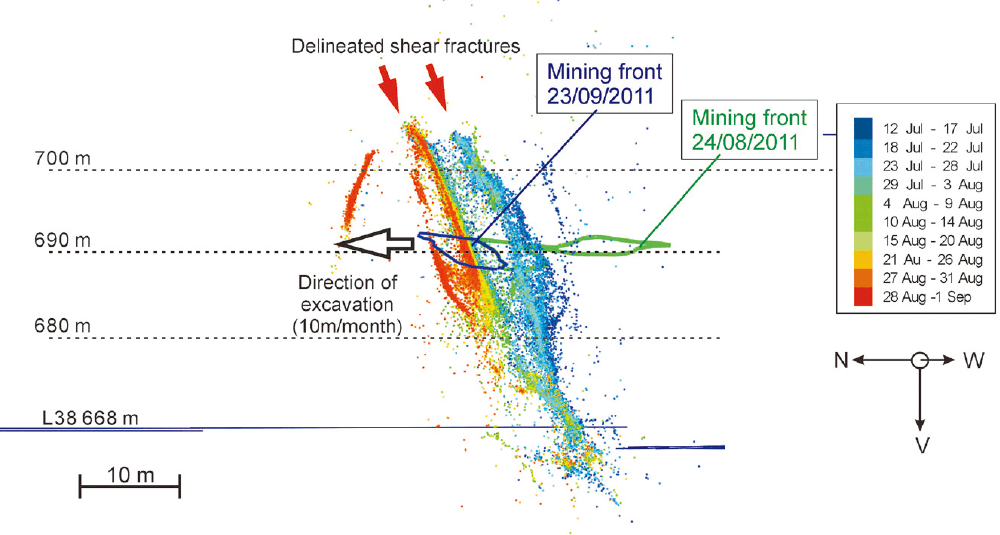
Fig.1 Source location of induced AE at stope Ezlwini deep gold mine in South Africa and delineated shear fractures.
Elucidation of solid phase bonding phenomena by advanced experimental techniques
The most critical approach to understanding solid state bonding phenomena is to observe the newly generated interface and to know its structure. However, it has been challenging to observe the generated interface; it is because of the difficulty of sample preparation. Therefore, we succeeded in observing the original form of the generated interface by an innovative approach in which tensile tests and atomic evaluation are conducted in an ultra-high vacuum environment in an Auger electron spectroscopy analyzer. This approach is a powerful tool for realizing new material processes.
Development of advanced interfacial adhesion strength evaluation technique by a multi-scale approach
In order to ensure the reliability of solid phase bonded materials, the interfacial adhesion strength of them is essential. Also, it is an important theme that leads to the understanding of solid phase bonding phenomena. Therefore, in order to understand the elementary processes of the fracture phenomena, we are developing a microscopic interfacial strength evaluation technique by collecting micro-specimens of several µm sizes which are performed in a focused ion beam (FIB) system. We are also developing a macroscopic interfacial strength evaluation technique using laser shock waves to evaluate the interfacial strength of actual structures quickly.
丁he objective of these studies is to evaluate the relationship between the microscopic and macroscopic strength using these multi-scale approaches, to obtain a unified understanding of fracture phenomena, and to understand solid phase bonding phenomena.
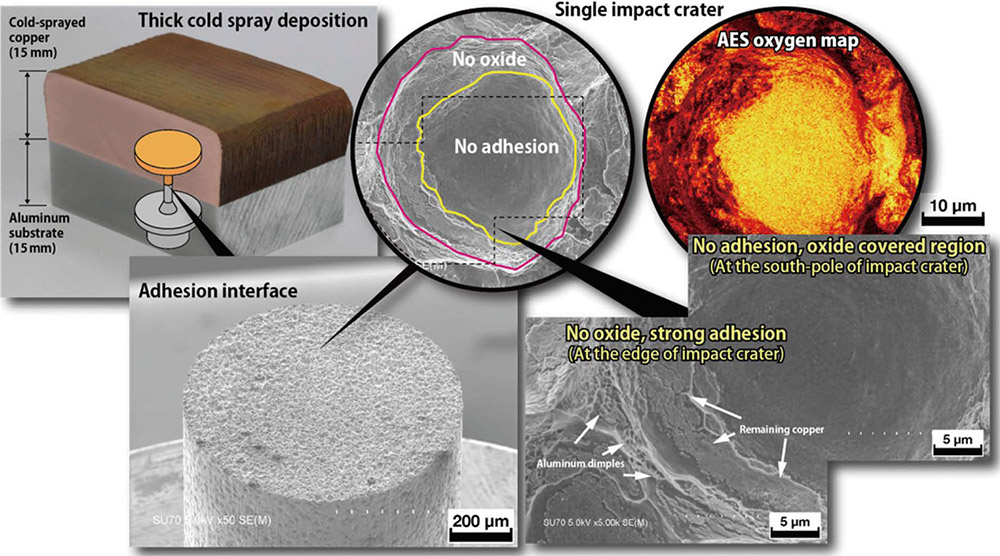
Fig.2 Interfacial structure of cold sprayed deposition revealed by Auger electron spectroscopic evaluation and tensile adhesion strength test

Fig.3 Micro-scale tensile adhesion strength evaluation in the FIB system